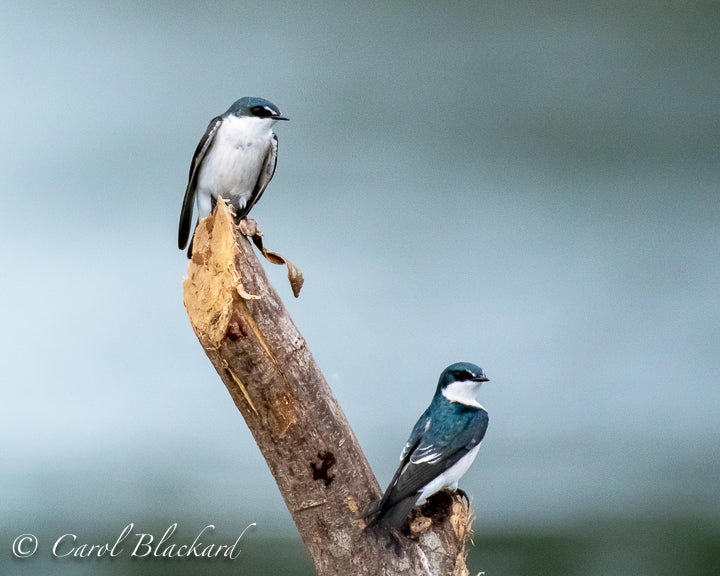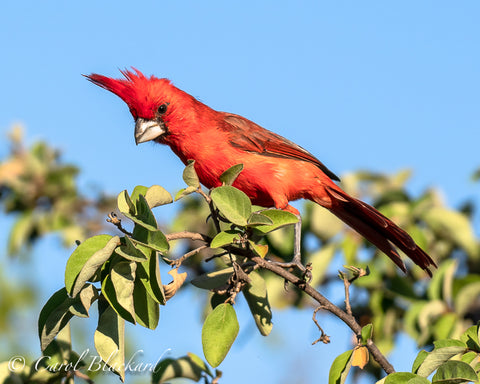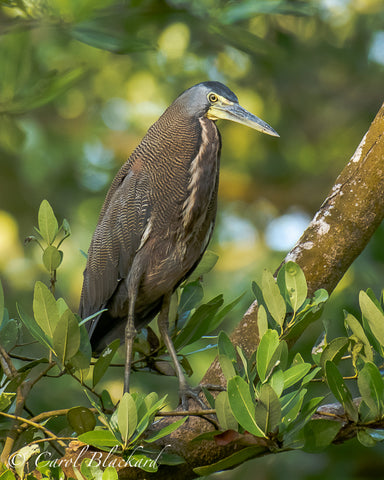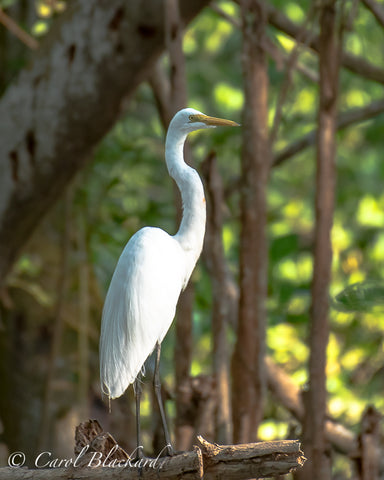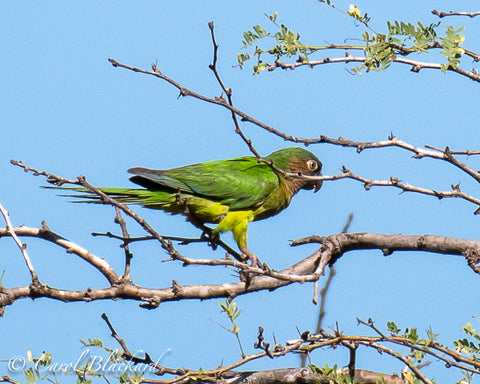From our island paradise at Tranquilo Bay, we took daily excursions as you saw on my previous blogpost. Here we go to the mainland for a day on the road in the lowlands that climbs to the Continental Divide (4,000 ft in Panamá). As usual, we left early.

Looks like we'll have a nice day, weatherwise.

As we neared the coast we were welcomed by a nice little group of post-lovers, a Brown Pelican, a Booby (seemed a little out of place), and three Sandwich Terns.

We docked at Punta Róbalo, small little settlement at the water's edge.

Early on we saw this Wood Stork.



Panamá is full of butterflies. Its name may come from an indigenous word meaning "Land of Butterflies."

Black-cheeked Woodpecker

I was surprised to see these speckles on the top of this Black-cheeked Woodpecker's head.

Morelet's Seedeater



Occasionally when one is enjoying a bird with binoculars or camera up, a different and exciting bird appears in view. Here that happened for me. It makes your heart skip a beat when a bird this beautiful pops into your magnified view. Golden-Hooded Tanager.



Red-breasted Meadowlark. As you can see Meadowlarks in Panamá are of an entirely different color palette from those in the US.




Another beauty

Clear-wing Butterfly

Butterfly

No shortage of orchids here.

Damselfly

In difficult backlighting, we have a Black-faced Grosbeak, a lifer for us.


As we were heading back to the boat, this lovely Hoffman's Two-toed Sloth interrupted our travels. He was quite beautiful and we were very close since he was hanging from telephone wires right next to the road. Apparently we were lucky to see him as he is generally more nocturnal.

Gartered Trogon

Photographing sloths and Trogons is fun...

Back at the lodge, the resident Double-toothed Kite was hanging about,


as was this beautiful female Yellow-collared Manakin. This is a favorite shot for me, since these little birds don't always pose like sloths or trogons.

Her male partner also has orange legs

Tropical Gnatcatcher in miserable, almost no, light

I am including this poor picture of a female Blue Dacnis because she was new to me and I hadn't realized how lovely she was.

Here's the nearby male Blue Dacnis



One drizzly morning boated we over to Isla Popa where I got this cool picture.

It was a little muddy and the birds weren't really out

But I got this cool picture...I just love it....of this family in a dugout canoe with a red umbrella. The father sold us some sweet bread and when we left, he was off-picture starting up a motor boat. A two-boat family.

Vicky got these nifty pictures of a Strawberry Poison Dart Frog (the subject of a fair amount of research in Panamá). Their colors change from location to location.


It continued to drizzle after our lodge lunch, but several of us went out snorkeling with sweet, smart Tracy (pictured here with one of the lodge owners). She got us all equipped and we went out just two minutes from the dock and had a lovely snorkel. We saw lots of fish, good coral, worms, and Stacy was a wonderful and knowledgable guide. My favorite of the swim was a French Angelfish (aka Grey Angelfish).

Meals together in the lodge were always really fun. Scott is a funny man.

On the morning of our departure from Tranquilo Bay, it rained and our leader wisely decided to wait out the weather. An apparently pretty dirty Double-toothed Kite spent a good half-hour bathing in a tree right off the deck


Beautiful tail

Is this pose good, huh?

Aren't we done shooting yet?

A nice Keel-billed Toucan finally distracted me.

Same bird as above, just developed differently.

When the rain abated, we had to say good-bye. I might have been a little emotional when I took this picture of Natalia (on the left), a most excellent guide who had a special talent for "getting us on the bird" and who really touched my heart as an extraordinary person.

And dear Ramón. No words.

One of the owners and mother of several children, a lawyer who handled the legal and I suspect much of the other administrative duties necessary in the building and maintenance of this wonderful remote lodge.

Competent, friendly boat handlers who not only drove the boats, but hauled our luggage and got us on and off the water safely. They also understood the capacity of their gas tanks and always carried extra petrol and added more when they ran out on every single trip; it was just routine.

On the way out, Gavin took us to look for the Snowy Cotinga that had evaded us on the previous day.

Ah, I think he found it.

Yep, that's him. Cheers and happy day! Gavin's perfect record on finding this bird stands intact!




The trip back was beautiful and dry. Here's another capture I like.

But check out this photo Linda got at Punta Róbalo.

Next we'll be going up to higher elevation for a couple of days on the mainland. Hope to see you there.


